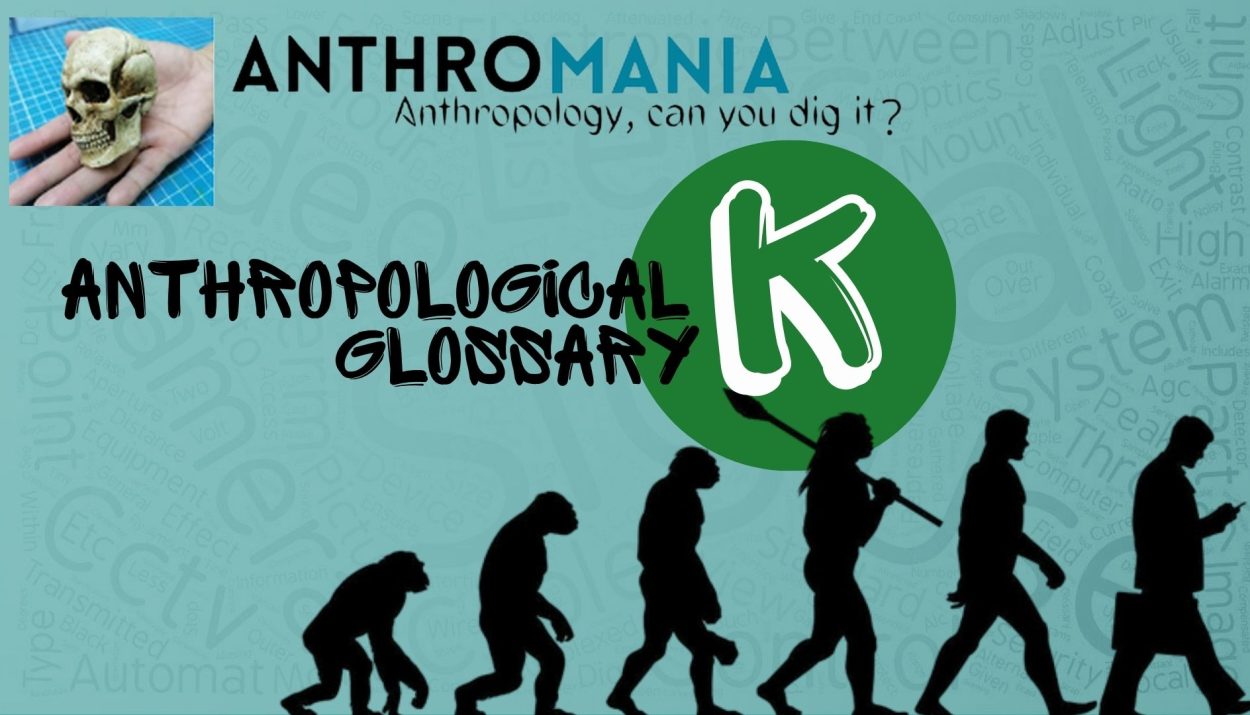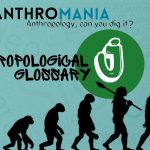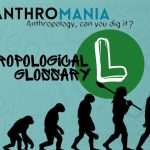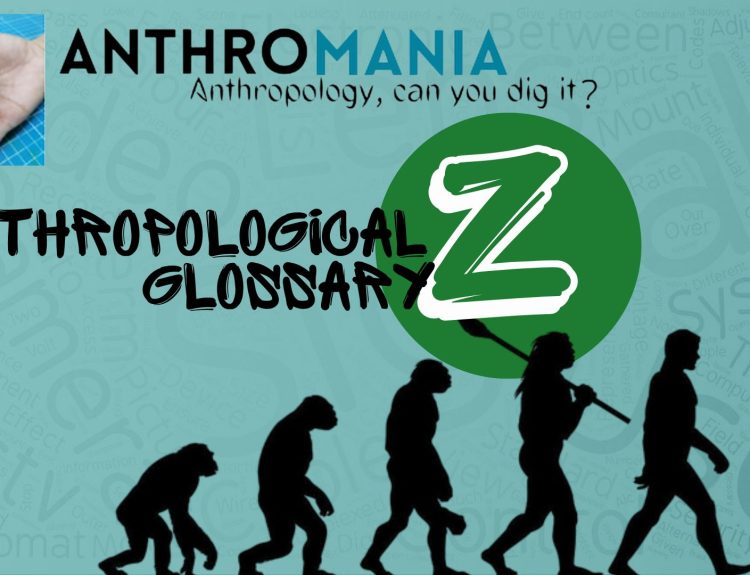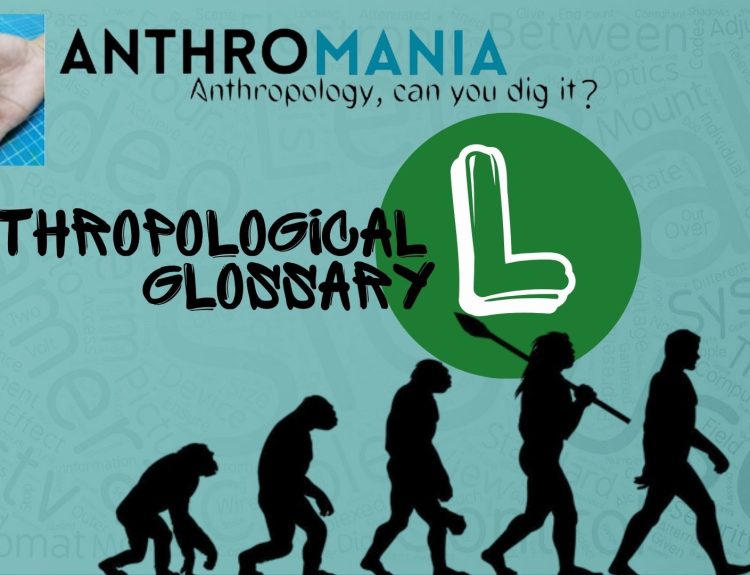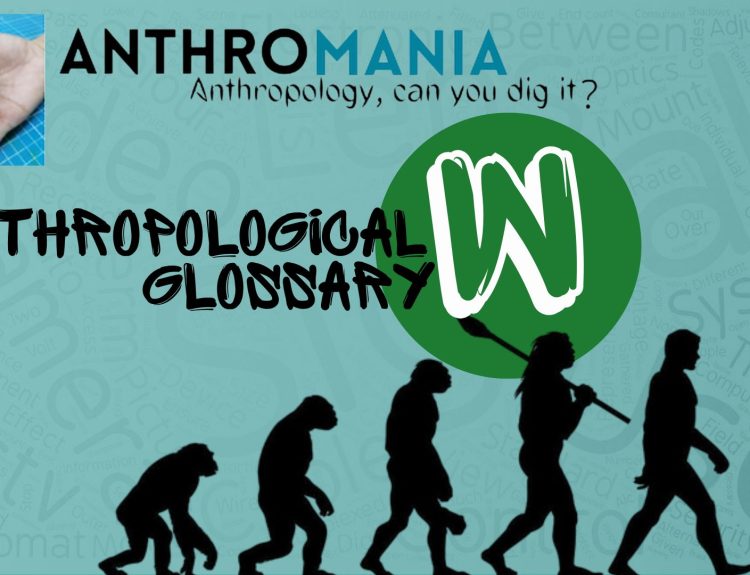Explore the Anthropological Glossary (Letter K) to gain insights into key terms and concepts in the field of anthropology. This article elucidates fundamental terminology crucial for understanding cultural, social, and human diversity. From “Kakapo” to “Kwakiutl Potlatch,” each term is explained, offering a comprehensive overview of the anthropological lexicon.
Kakapo: The critically endangered flightless parrot native to New Zealand. The conservation efforts surrounding the Kakapo highlight the intersection of culture, ecology, and endangered species preservation.
Kama: The third Purushartha, representing desires, especially sensual or worldly desires, and the pursuit of pleasure.
Kaolin: A type of white clay that has cultural and archaeological significance, as it has been used for pottery, ceramics, and various cultural practices in different societies.
Karma: A concept originating from Indian religions, including Hinduism and Buddhism. It refers to the moral law of cause and effect, where one’s actions and intentions influence their future experiences and circumstances.
Kashrut: The body of Jewish dietary laws and regulations that specify what foods are permitted (Kosher) and what foods are forbidden (Treif). The observance of kashrut is a vital aspect of Jewish dietary and cultural practices.
Kava: A traditional ceremonial beverage made from the root of the kava plant, primarily consumed in the South Pacific islands. It is often used in rituals and social gatherings, and its preparation and consumption have cultural significance.
Key Informant: An individual in anthropology who provides essential information about a culture, society, or community to researchers. Key informants often have a deep understanding of their culture and play a crucial role in ethnographic research.
Kilimanjaro: Mount Kilimanjaro, a dormant stratovolcano in Tanzania, is notable for its cultural and ecological significance. It is an emblematic feature of the landscape and has been the subject of studies related to indigenous cultures and ecological changes in the region.
Kiln: A furnace or oven used to fire ceramics and pottery.
Kin: People who are connected by kinship.
Kindred: A group of individuals connected by blood relations, typically including multiple generations.
Kinesics: The study of non-verbal communication through body language, facial expressions, and gestures to understand the meaning conveyed in human interactions.
Kinesiology: The scientific study of human movement, including biomechanics, exercise physiology, and motor control.
Kin group: A social unit consisting of individuals who are connected through kinship ties, such as family, clan, lineage, or tribe.
Kin Selection: A biological and anthropological theory that explains the evolutionary advantages of altruistic behaviour among close relatives. It suggests that individuals are more likely to help those who share a higher degree of genetic relatedness.
Kinship: The web of social relationships and connections based on blood, marriage, adoption, or shared cultural norms that define family and broader social structures in human societies.
Kinship Studies: The branch of anthropology that focuses on the study of family structures, kinship systems, and relationships within different societies and cultures.
Kinship Terminology: The culturally specific system of classifying and naming relationships between individuals, such as “father,” “uncle,” “cousin,” and so on.
Kiva: An underground or partially underground chamber used for religious and social gatherings by some Native American cultures, particularly in the southwestern United States. Kivas played a significant role in the religious and communal life of these societies.
Kofun: Large burial mounds or tombs in Japan, constructed during the Kofun period (250-538 CE). These mounds are significant archaeological sites and often contain grave goods and insights into early Japanese history.
Kogi People: An indigenous group residing in the Sierra Nevada de Santa Marta Mountain range in Colombia. The Kogi people are known for their unique cultural practices, cosmology, and their efforts to protect their environment and traditional way of life.
Kosher: In Jewish dietary laws, food items are considered ritually clean and fit for consumption. The concept of kosher food plays a role in Jewish cultural identity and practice.
Kula Ring: A ceremonial exchange system observed in the Trobriand Islands of Papua New Guinea, where shell necklaces (mwali) and arm shells (soulava) are passed between trading partners, symbolizing social and economic relationships.
Read- Economic Anthropology
Kuru: A lethal neurodegenerative condition that was historically widespread within the Fore community of Papua New Guinea. The spread of kuru was linked to the Fore’s funerary customs, where it was customary, especially among women and children, to consume the brains of the deceased. This serves as a compelling illustration of how cultural traditions can have significant repercussions on human health.
Kwakiutl Potlatch: A ceremonial and redistributive practice observed among the indigenous Kwakwaka’wakw people of the Pacific Northwest Coast of North America. It involves the hosting of lavish feasts and the distribution of wealth and gifts as a means of displaying prestige and reinforcing social ties.


